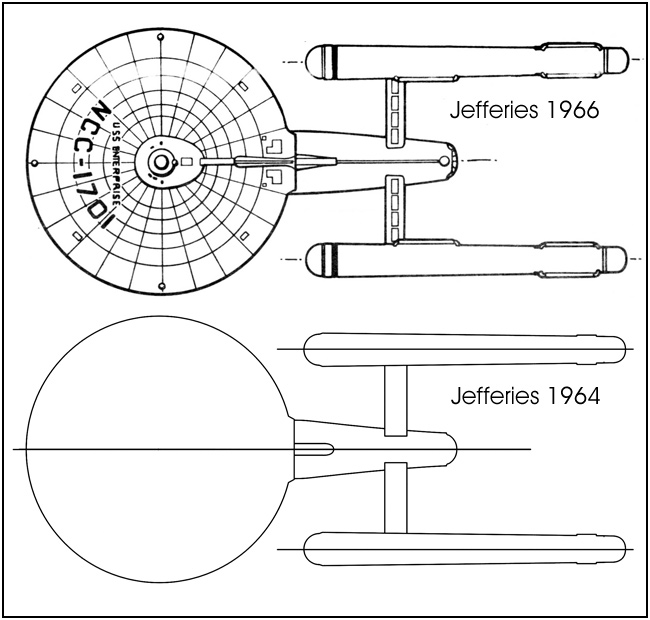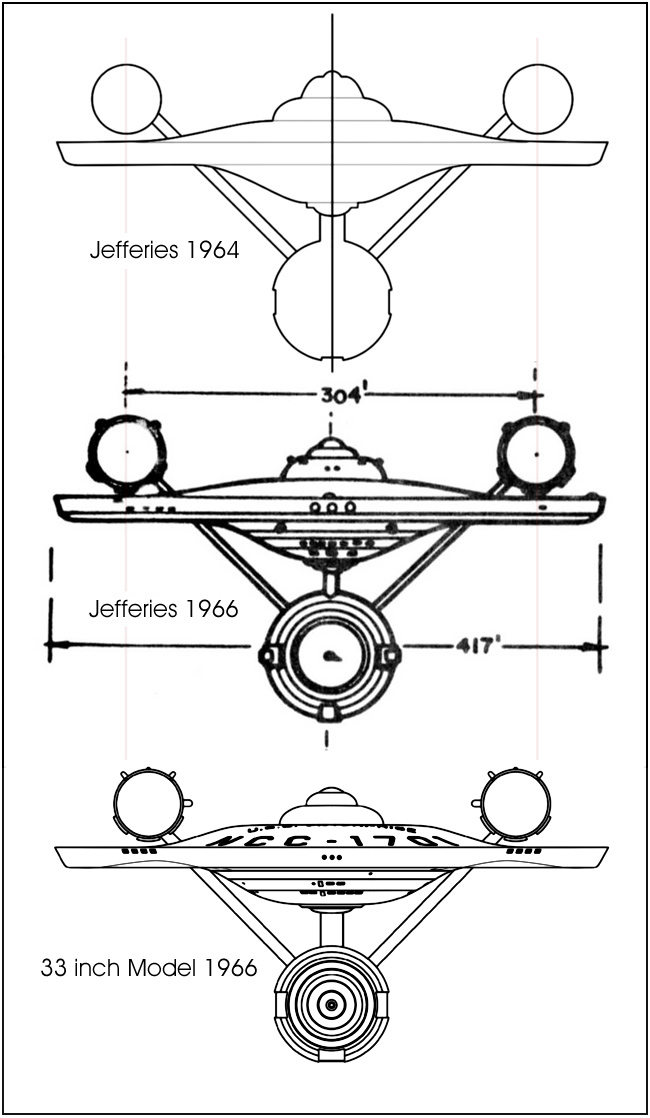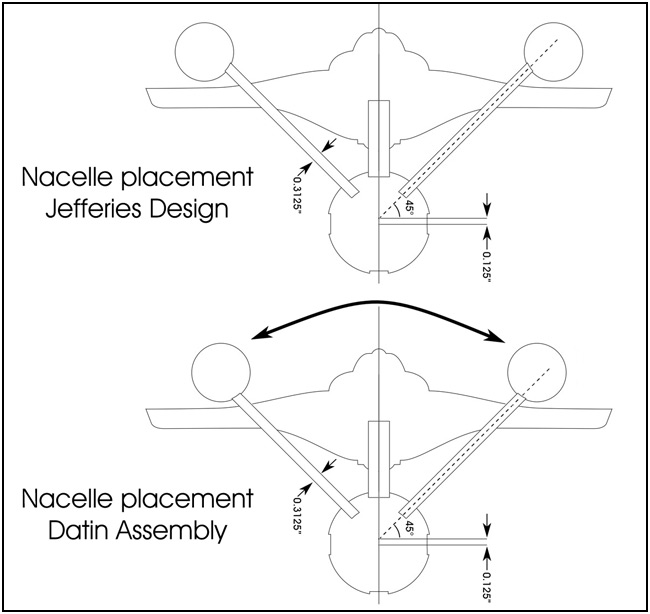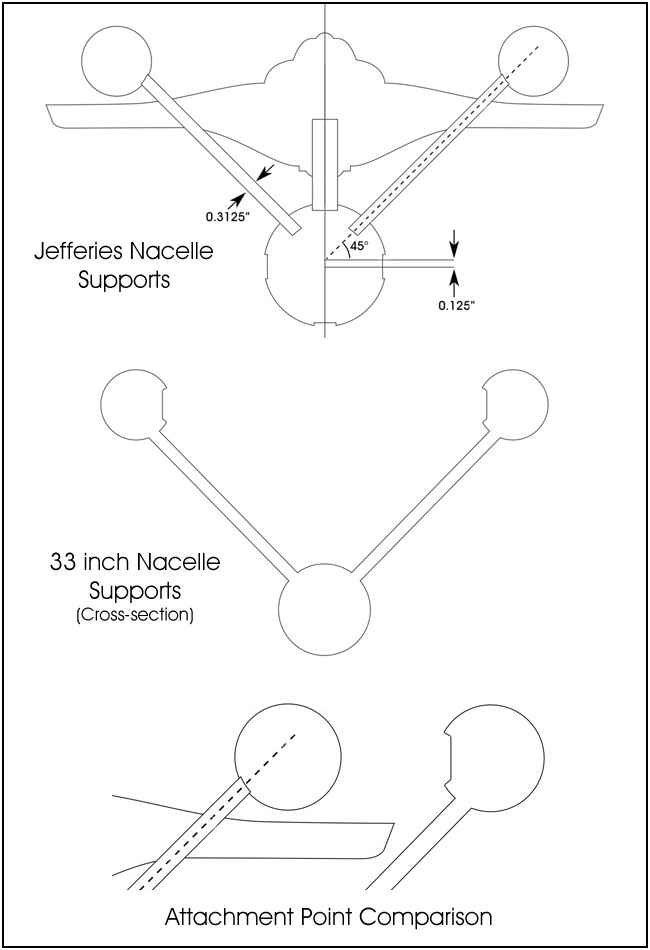Okay, I'm a little bit less confused now. Is it absolutely set-in-stone canon that the TOS-era Enterprise has to be 947 feet in length?
Per Vance's previous observation ( http://www.trekbbs.com/showpost.php?p=4577856&postcount=29 ) it appears that "The Enterprise Incident" supplies us with a canon answer of 947', at least within the limits of potential readability, and the appropriateness of using off-screen versions of the diagram to know with certainty what should be visible on the diagram. That the designer notes this in published references would appear to indicate that even if we ignore the onscreen reference, that this was the intended length. My own feelings are that designer's off-screen 'comments' about their own designs tend to trump everything else, including latter-day franchise revisionism, unless there is a darn good reason to think they are wrong. But that's just my attitude, not canon "factuality". I "believe" that during production, for whatever reason, this was MJ's figure for the length of the ship and that's what available evidence shows.
Cary Brown's findings seem to point to this running roughshod over some details. Brown's conjecture is definitely not "official" (what does that mean, anyway?) and naturally it is also open to criticism, but he makes an interesting case that canon points to a length of 1,067 feet.
Several well versed, well respected, and very meticulous researchers have at times commented upon or illustrated the problems of inserting various full scale sets into the a full-size version of the studio model. Either they have to move things around from where we expect them to be, resize or revise the sets, change the number and placement of decks, or scale up the ship somewhat. None of which ever seems to end up feeling very satisfactory. We expect inherent consistency in MJ's designs at all scales and (if only at a subconscious level) we know something is very wrong when we uncover contradictions.
My own, largely uneducated conclusion (since I haven't done the fine-scale comparisons myself) based on the efforts of others is that the ship probably was scaled somewhat larger during the early design stages (perhaps 1080'), and then at some point was scaled down to 947' -- despite the fact that this would cause conflict with the scale of the studio sets. Its possible that this was an executive, rather than designer, decision made at an inopportune time. And it might be possible that the person making the decision wasn't fully aware of the consequences of this revision. And, it may be said, that there may not have been a whole lot of concern on anyone's part over contradictions and revisionism since it was a television show in an era where display resolution was somewhat lacking and where VCRs were non-existent (and therefore any contradictions were largely indiscernible).
My working hypothesis is that from pre-production on "The Cage" until MJ's final work on "Phase II" the characteristics of the ship were much more in flux than most researchers realize, and that the ship was always being revised and not just in fine details. And I also believe that some of these design changes ended up coming from the executive level rather than designer.
I don't know if there are enough facts available to construct an "air tight" case for this theory. I do believe that there is sufficient circumstantial evidence to support a conclusion that this hypothesis explains the bulk of the discrepancies that people have noted over the years. But as mentioned, its not a very satisfactory conclusion, and in an absolute sense there ends up being no one "correct" design just a series of revisions.
For what its worth...




 But I am definitely not a fan of the idea of making the Enterprise into a Galactica-sized monster.
But I am definitely not a fan of the idea of making the Enterprise into a Galactica-sized monster.






